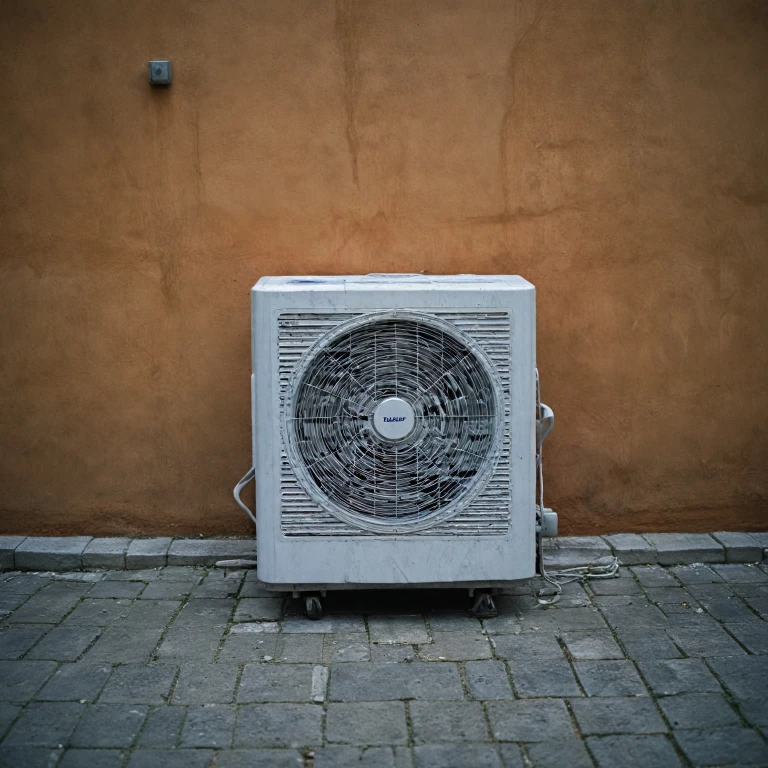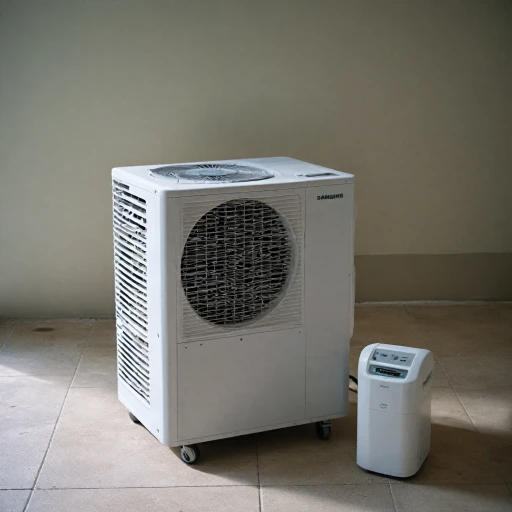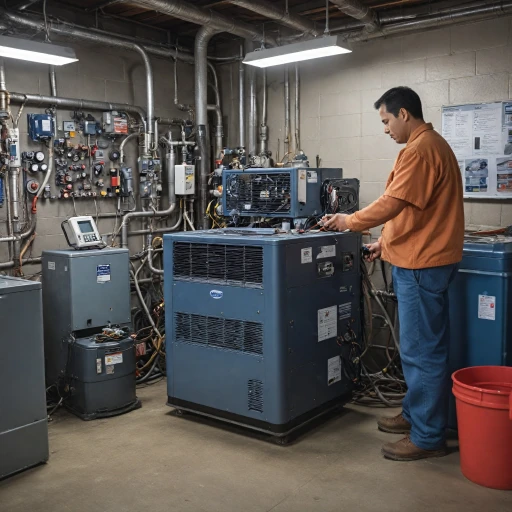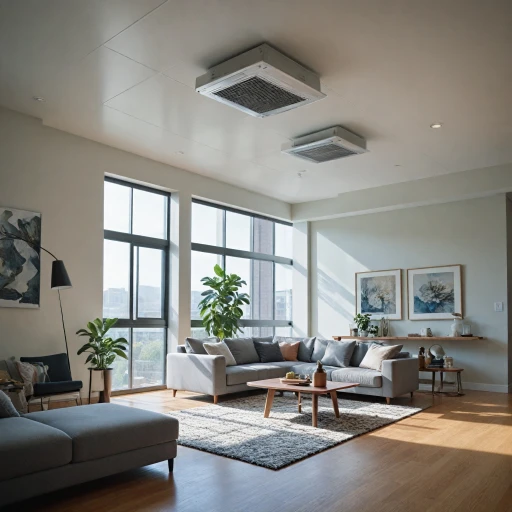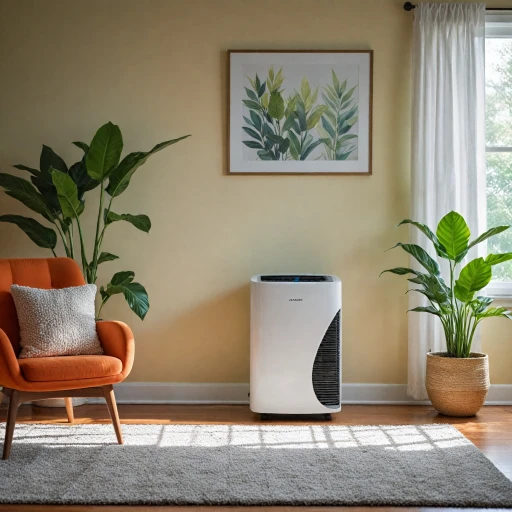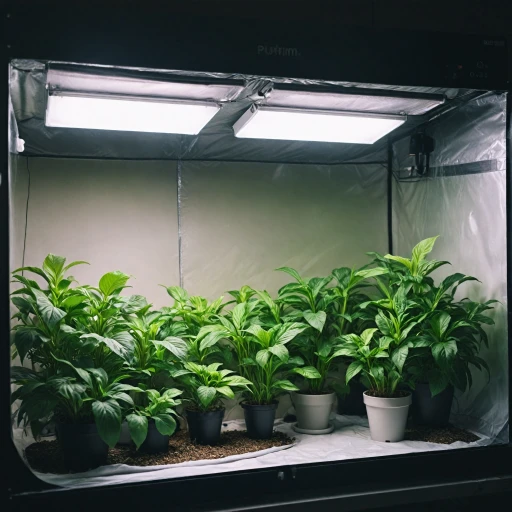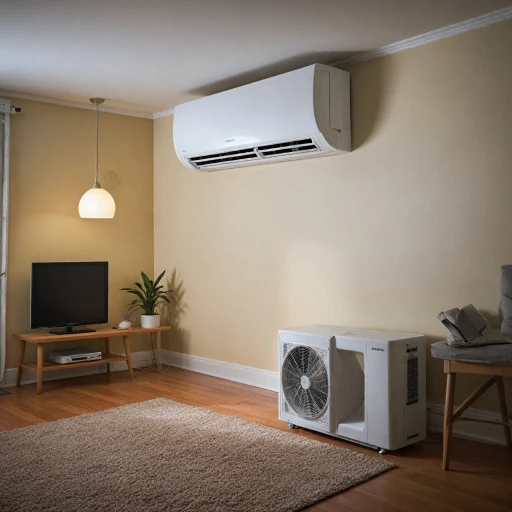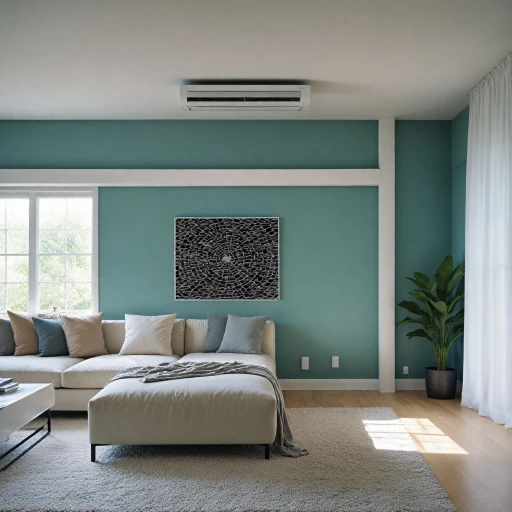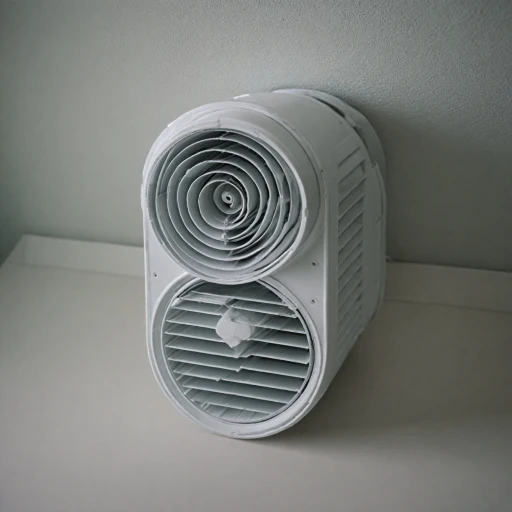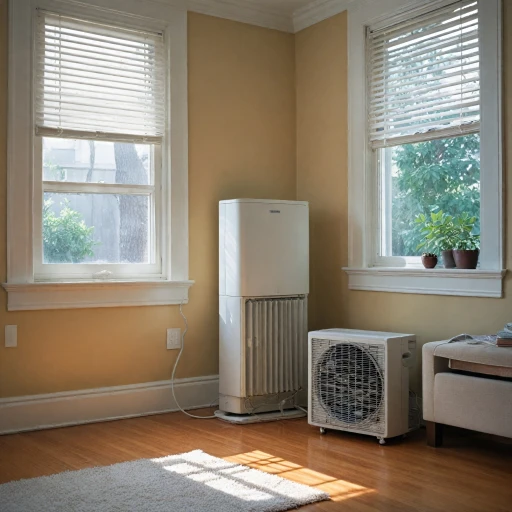
Understanding the Basics of Portable ACs
Foundations of Portable Air Conditioning
Portable air conditioners have become a popular solution for cooling needs, offering flexibility and convenience. Understanding how these systems operate is crucial, especially when dealing with issues like leaks. At their core, portable air conditioners function by removing heat and humidity from a designated area, which involves complex mechanisms such as refrigerant cycles and condensation processes.
These units typically feature air filters that capture dust and other particles, ensuring cleaner air circulation. Inside, the evaporator coil plays a significant role in cooling the air while promoting condensation. As a result, the accumulating condensate needs to be managed effectively, either through a drain hose or a built-in condensate pump. Understanding the role of these components is vital, as improper management may lead to your unit leaking water.
You'll also find a drain pan within the unit, which serves to collect excess water. This can be common in high humidity conditions, where increased moisture results in a higher volume of condensate. If the tank is full, it could trigger the unit's safety mechanism to prevent overflow, which might actually cause a leak if not properly drained.
It is not unusual to see portable ACs equipped with a water level indicator or a drain cap, allowing users to manually empty the accumulated condensate. Ensuring your portable unit is correctly set up and monitored will help in preventing issues such as leaking water.
In essence, knowing what each component does and how they work together will provide insight into maintaining your portable air conditioner efficiently, minimizing potential water leaks. For a deeper dive into how a condensate pump functions within these units, further exploration into their workings is recommended.
Common Causes of Water Leaks in Portable ACs
Identifying Potential Culprits Behind Water Leakage
Portable air conditioners are a convenient solution for cooling spaces, but when they start leaking water, it can quickly turn into a frustrating issue. Understanding the common causes of such leaks in a portable air unit is essential to rectify the situation promptly and maintain the unit's efficiency.
- Clogged Air Filters: One frequent cause of a portable air conditioner leaking is clogged air filters. When these filters accumulate dust and debris, they can hinder airflow, causing the evaporator coils to freeze and subsequently melt, leading to leaks. Routine cleaning and maintenance of air filters will ensure smooth operation.
- Overflowing Drain Pan: Over time, if the air conditioner is used continuously, the drain pan can become full, especially in environments with high humidity. This leads to water overflow, necessitating regular checks and emptying of the pan.
- Drain Hose Issues: Another common source of water leaks is the drain hose. If it’s kinked, improperly connected, or blocked, it can prevent water from draining correctly. Ensuring the hose is in good condition and free from obstructions is vital to avoid these leaks.
- Improper Unit Placement: Positioning the portable unit on an uneven surface can lead to water pooling and leaking. Making sure the unit is leveled will aid in the proper drainage of condensate.
- High Humidity Environments: In conditions of excessively high humidity, the air conditioner might generate more condensate than it can handle, causing the unit to leak. Adjusting the usage in such conditions or installing a condensate pump can help mitigate this issue.
- Low Refrigerant Levels: An uncommon yet possible cause is low refrigerant levels. This affects the system's ability to cool efficiently, leading to frozen evaporator coils and subsequent water leaks. In such cases, professional assistance might be required to check refrigerant levels and refill the system appropriately. For detailed instructions on how to refill your unit, refer to this step-by-step guide.
By keeping these common causes in mind, you can proactively address potential water leaks, ensuring your portable air conditioner functions effectively and without any unpleasant surprises."
}
Preventive Measures to Avoid Water Leaks
Mitigating Water Leaks in Your Portable AC
Preventing a portable air conditioner from leaking water involves a few straightforward steps. The core idea is to maintain a well-functioning unit by managing its components effectively.- Regularly empty the condensate pan: One of the most common reasons for water leaking from a portable unit is an overflowing condensate pan. Routinely emptying and cleaning this pan can prevent water buildup. This practice is particularly vital in regions with high humidity.
- Check and clean air filters: Dirty or clogged air filters can restrict airflow, leading to condensation and subsequent leaks. Regular cleaning or replacement ensures not only proper airflow but also improves air quality.
- Ensure proper drainage: Make sure the drain hose or system is functioning correctly. The water needs a clear path to exit the unit efficiently. Check for any bends or blockages that could hinder the draining process.
- Seal window connections properly: An improperly sealed window can cause warm, humid air to infiltrate your unit, causing excessive condensation. Ensuring a tight seal can mitigate this problem.
- Monitor refrigerant levels: Low refrigerant can cause the evaporator coil to freeze, leading to leaking when the ice melts. This issue may require professional assessment to ensure refrigerant levels are adequate.
Troubleshooting Water Leaks in Your Portable AC
Steps to Address Water Leaks in Portable Air Conditioners
Dealing with a leaking portable air conditioner can be frustrating, but with the right approach, you can often resolve the issue yourself. Here's a step-by-step guide to help you troubleshoot and fix the problem:- Check the Drain Hose and Cap: Ensure that the drain hose is not clogged or kinked, as this can cause water to back up and leak from the unit. Also, verify that the drain cap is securely fastened to prevent any spills.
- Empty the Water Tank: If your unit has a built-in water tank, check if it's full. Often, the 'tank full' indicator will alert you. Simply emptying the tank can resolve the leaking issue.
- Inspect the Evaporator Coil: When the evaporator coil becomes frozen due to low refrigerant levels or dirty air filters, it can cause water leaks. Examine the coil for ice formation and allow it to thaw if necessary. Address any issues with refrigerant or filters as needed.
- Examine the Condensate Pump: If your portable unit uses a condensate pump to remove excess moisture, ensure it's functioning correctly. A faulty pump can cause water to accumulate and leak from the base of the unit.
- Air Filters Maintenance: Clogged air filters can restrict airflow, leading to increased condensation and potential leaks. Regularly clean or replace the filters to ensure efficient operation of your air conditioning system.
When to Call a Professional
Knowing When It's Time to Bring in the Pros
If you've tried troubleshooting your portable air conditioner's water leak and it still persists, it might be wise to consult a professional. Here are several indicators when a specialist's expertise could be invaluable:- Persistent Leaks: If your unit continues to leak water despite checking and addressing the common causes such as a clogged drain hose or filling condensate pan, more complex issues might be at play. Professionals can diagnose and fix leaks related to evaporator coils or low refrigerant levels.
- Frequent Tank Full Warnings: A constant tank full warning, even after draining, might signal a deeper problem with the condensate system, potentially involving the pump or internal system components.
- Unusual Noises or Smells from Unit: Sounds like gurgling or musty odors could indicate a malfunction in your air conditioner that's contributing to water leaks. An expert can examine the air conditioning setup to ensure all systems work harmoniously.
- Compromised Air Quality: If you notice a decline in the air quality or an increase in humidity despite regular use of your portable air unit, it may require a professional touch. Experienced technicians can enhance the unit's efficiency, optimizing its performance in your environment.
- Complex Installation Areas: When dealing with unique or challenging setups, intricate spaces, or high humidity environments, a specialist can ensure the portable air unit is correctly installed and prevent future leaks.
Choosing the Right Portable AC for Your Needs
Factors to Consider When Choosing a Portable Air Conditioner
Selecting the right portable air conditioner can be a challenging task, especially when you're looking to avoid issues such as leaking water or ineffective cooling.- Size and Capacity: Ensure that the portable unit matches the required cooling capacity for your room size. BTUs (British Thermal Units) are an essential metric here—higher BTUs can handle larger rooms or spaces with higher heat loads.
- Drainage System: A portable air conditioner's effectiveness can often be linked to its drainage capabilities. Look for units that come with a built-in drain hose or a condensate pump, facilitating efficient removal of the excess water produced by the unit.
- Humidity Control: High humidity can exacerbate water leaks. Choosing a portable AC that effectively manages humidity levels is key to minimizing water leaks. Systems equipped with an evaporator coil can provide better humidity control by removing moisture from the air.
- Maintenance: Easy-to-clean air filters and accessible components for routine check-ups will save time and help keep your portable AC performing efficiently, thus reducing the chances of leaks.
- Additional Features: Modern units often come with auto shut-off features that engage when the tank is full or the unit is leaking, preventing any overflow. Filters that can be replaced or cleaned also contribute to reduced risks of water leaks.
- Refrigerant Levels: It is crucial to maintain correct refrigerant levels, as low refrigerant could lead to ice formation and subsequent water leaks. Ensure the unit is properly sealed with no plug issues, preserving the integrity of the refrigerant system.
